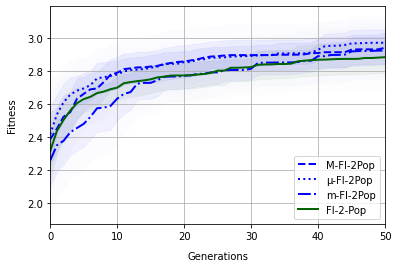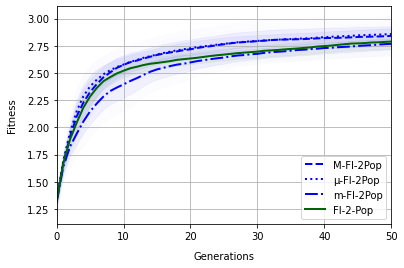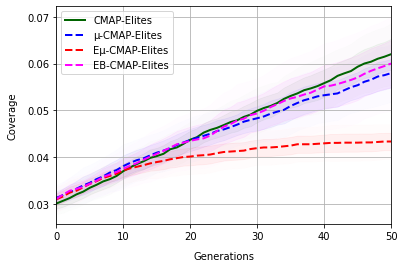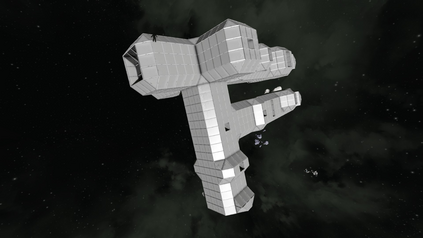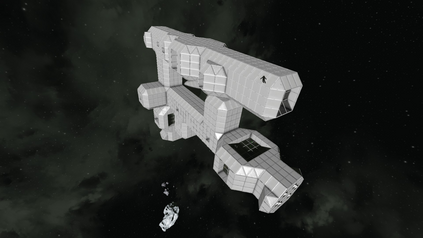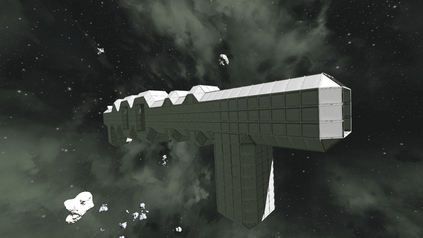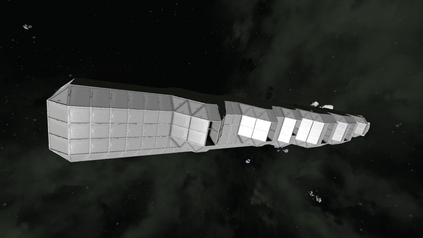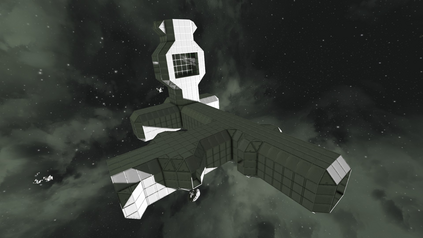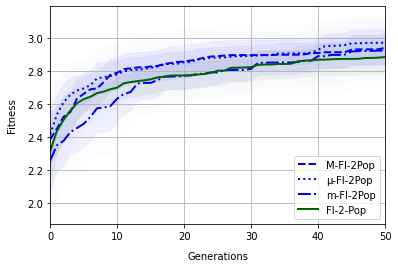When generating content for video games using procedural content generation (PCG), the goal is to create functional assets of high quality. Prior work has commonly leveraged the feasible-infeasible two-population (FI-2Pop) constrained optimisation algorithm for PCG, sometimes in combination with the multi-dimensional archive of phenotypic-elites (MAP-Elites) algorithm for finding a set of diverse solutions. However, the fitness function for the infeasible population only takes into account the number of constraints violated. In this paper we present a variant of FI-2Pop in which a surrogate model is trained to predict the fitness of feasible children from infeasible parents, weighted by the probability of producing feasible children. This drives selection towards higher-fitness, feasible solutions. We demonstrate our method on the task of generating spaceships for Space Engineers, showing improvements over both standard FI-2Pop, and the more recent multi-emitter constrained MAP-Elites algorithm.
翻译:在利用程序内容生成(PCG)为视频游戏生成内容时,目标是创造高质量的功能资产; 先前的工作通常利用了PCG可行的双人口(FI-2Pop)优化算法(FI-2Pop)限制优化算法,有时结合了花生虫(MAP-Elites)的多维档案(MAP-Elites)算法,以寻找一套不同的解决方案; 然而,对不可行人群的健身功能只考虑到所违反的限制数量。 在本文中,我们提出了一个FI-2Pop的变种,即一个代用模型,根据产生可行儿童的概率,对不可行父母的可行儿童进行预测。这促使选择更适合、可行的解决办法。 我们展示了我们为空间工程师制造空间飞船的任务的方法,显示了对标准的FI-2Pop和最近的多排放者受限制的MAP-Elites算法的改进。

